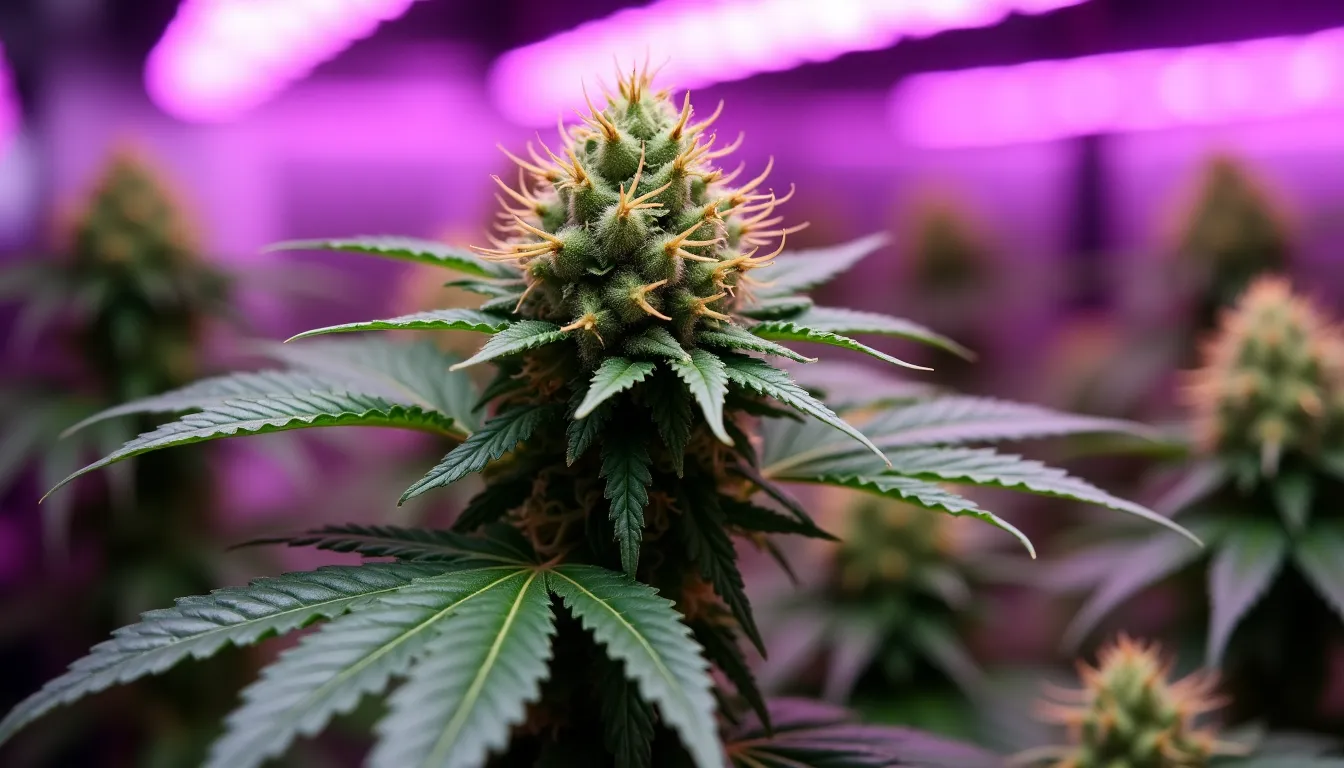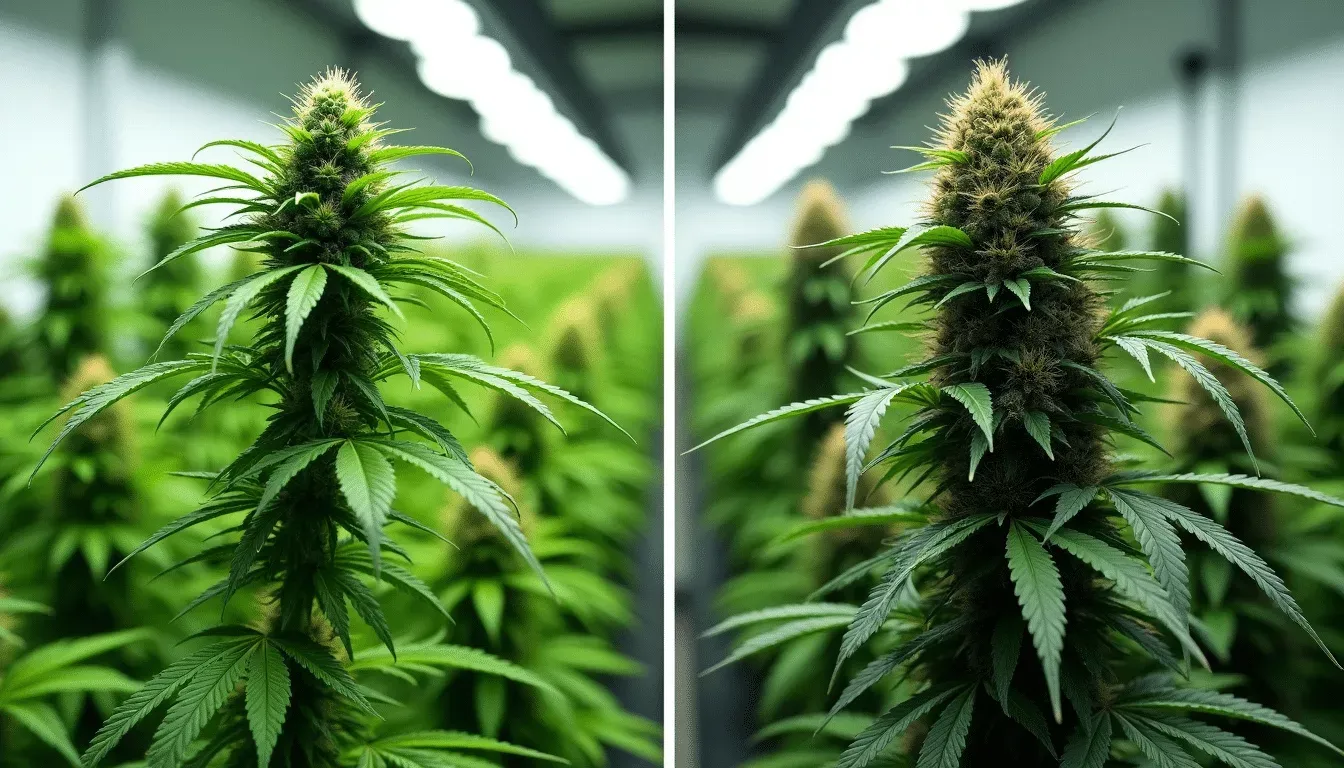Sativa and Indica: Key Differences Explained
Cannabis has been a significant part of human culture for centuries, used both recreationally and medicinally. As interest in cannabis continues to grow, especially with increasing legalization across the globe, it’s essential to understand the plant’s complexities. Two primary types of cannabis plants dominate the conversation: Sativa and Indica. Understanding the differences between these two strains is crucial for users to make informed decisions, whether for medicinal purposes or recreational enjoyment. This article will delve into the characteristics that distinguish Sativa from Indica, explore their effects and benefits, and provide actionable advice on choosing the right strain for your needs.
What Are Sativa and Indica Strains?
Cannabis is a plant genus that can be divided into different species, with Cannabis sativa and Cannabis indica being the most widely recognized. These two strains have distinct characteristics, affecting not only their appearance but also their growth patterns, aromas, and effects on the human body.
Appearance and Growth Patterns
Sativa plants are typically taller and have a more fibrous structure, with narrow light-green leaves. They thrive in warmer climates with long sunlight hours and usually take longer to mature compared to Indica strains. In contrast, Indica plants are short and bushy, with wider and darker leaves. They adapt better to harsh climates and have a shorter growth cycle.
Effects on the User
The effects of Sativa and Indica strains are often described in terms of mind and body. Sativa strains are known for their energizing and uplifting effects. They are often chosen for daytime use as they can boost creativity and focus, making them suitable for social activities or tasks requiring attentiveness. On the other hand, Indica strains tend to have a calming and sedative effect. They are typically used in the evening or before bed to help with relaxation and to promote sleep.
Benefits and Considerations of Sativa and Indica
Therapeutic Benefits
Both Sativa and Indica strains offer a range of therapeutic benefits, but they are typically used for different purposes. Sativa strains are often recommended for conditions such as depression, ADHD, and chronic fatigue due to their stimulating effects. They can help uplift mood and increase concentration. Indica strains, however, are preferred for issues like anxiety, insomnia, and chronic pain. The calming effect of Indica can help alleviate stress and make it easier to fall asleep.
Potential Risks and Side Effects
Like any substance, cannabis use comes with potential side effects. Sativa strains, because of their uplifting effects, might cause anxiety or paranoia, especially in high doses. Users already prone to such feelings should be cautious. Indica’s sedative nature may lead to excessive drowsiness or a "couch-lock" effect, where the user feels too relaxed to move. Both types can cause dry mouth, dry eyes, and increased appetite.
Scientific Research and Results
Research around cannabis continues to develop. A study published in the Journal of Cannabinoid Research highlights the complex interaction of different cannabinoid compounds that contribute to the varied effects of Sativa and Indica strains. These include THC (tetrahydrocannabinol) and CBD (cannabidiol), with THC being the primary psychoactive compound and CBD being non-psychoactive but with potential therapeutic uses.
Choosing the Right Strain for Your Needs
Consider Your Goals
When deciding between Sativa and Indica, consider what you hope to achieve. Are you looking for a daytime strain to keep you energized and focused? Or do you need something to help you unwind after a stressful day? Determining your primary goal will help narrow down your options.
Trial and Observation
Cannabis affects everyone differently, and what works for one person may not work for another. Start with small doses to monitor how your body reacts. Keep a journal of the strains you try and their effects to make better-informed choices in the future.
Consult a Professional
If you’re using cannabis for therapeutic reasons, it’s wise to consult with a healthcare professional or a knowledgeable cannabis consultant. They can help guide your selection based on your medical history and specific needs.
Legality and Accessibility
Keep in mind the varying legality of cannabis products across regions. Ensure that you are aware of and comply with local regulations while purchasing and using cannabis.
Conclusion
The differences between Sativa and Indica strains significantly impact their usage and effects. While Sativa offers energizing and uplifting properties, Indica is known for relaxation and sedation. Understanding these differences enables users to choose the appropriate strain based on their desired experience or therapeutic goals. Always consider consulting with professionals, especially if using cannabis for medical purposes, and start your journey with mindfulness by considering your specific needs and circumstances.
As you explore the world of cannabis, consider reading related resources such as the Leafly Cannabis Guide for more detailed information on strains, consumption methods, and user experiences. Feel free to share your insights or questions in the comments section. Your engagement helps build a knowledgeable and supportive community around cannabis use.
FAQ: Differences Between Sativa and Indica
What are the main physical differences between sativa and indica plants?
Sativa plants are typically taller with thinner leaves, while indica plants are shorter and have broader leaves.
How do the effects of sativa and indica strains differ?
Sativa strains are usually associated with energizing and uplifting effects, while indica strains tend to produce more relaxing and sedative effects.
Which strain is better for daytime use, sativa or indica?
Sativa strains are generally preferred for daytime use due to their stimulating effects, which can enhance focus and creativity.
Are there differences in aroma and flavor between sativa and indica strains?
Yes, sativa strains often have a more citrusy and herbal aroma, whereas indica strains are usually more earthy and musky.
Can the growth environment affect the characteristics of sativa and indica plants?
Yes, environmental factors such as light, temperature, and cultivation practices can influence the growth and potency of both sativa and indica plants.
Share this content:



